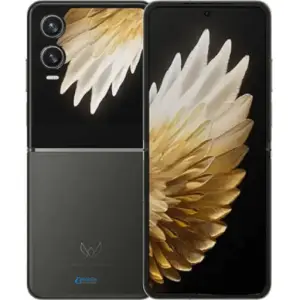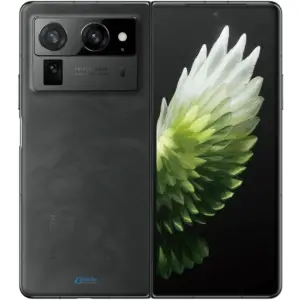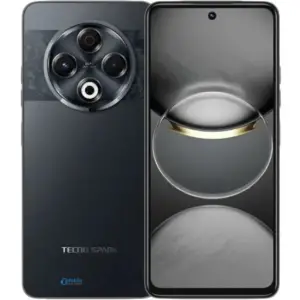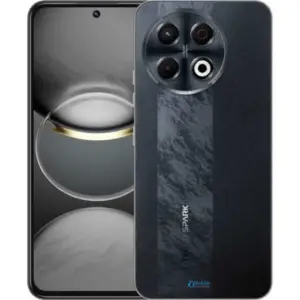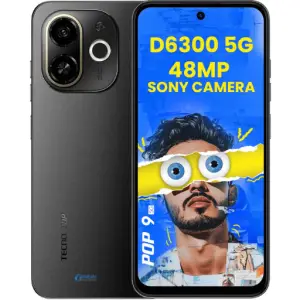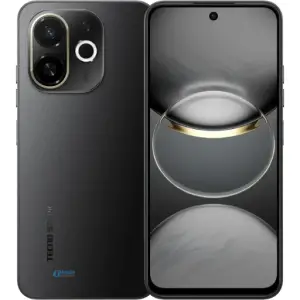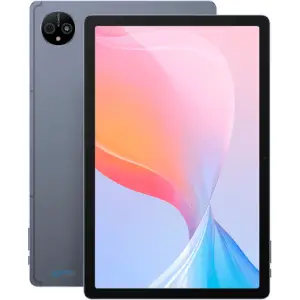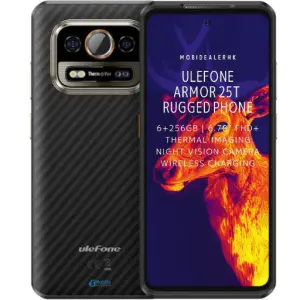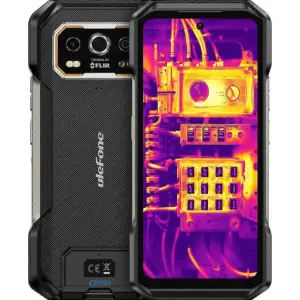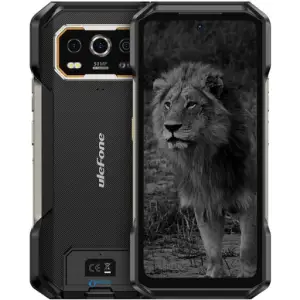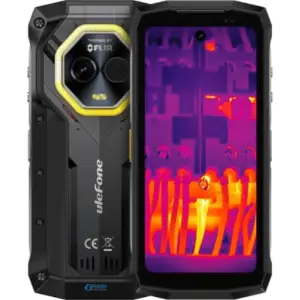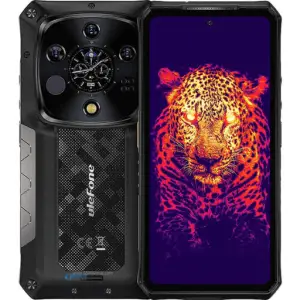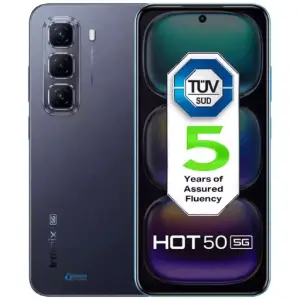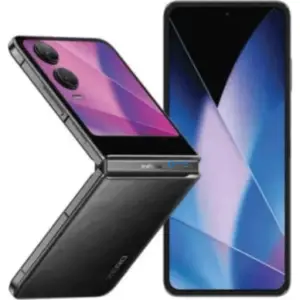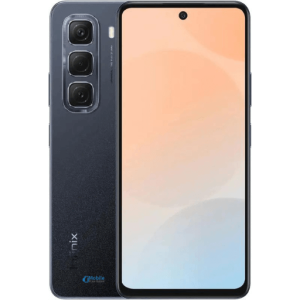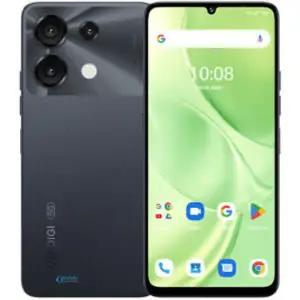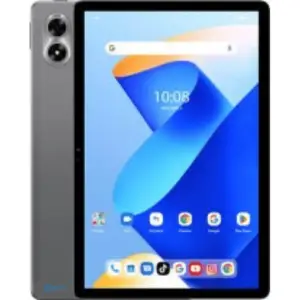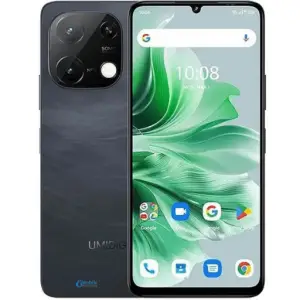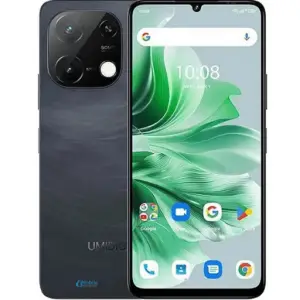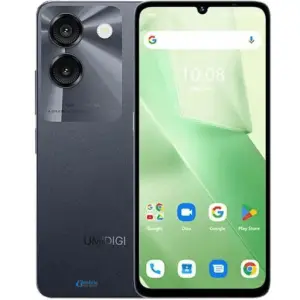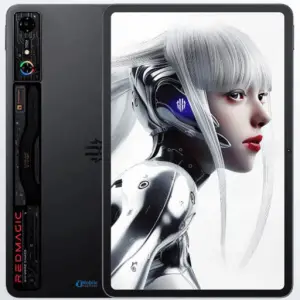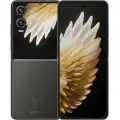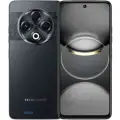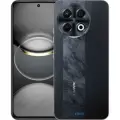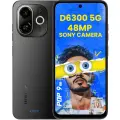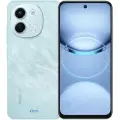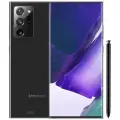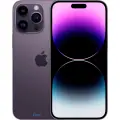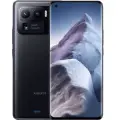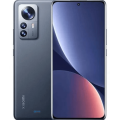Latest Added
Date (default)
Choice Brands
- Acer
- Alcatel
- Amazon
- Apple
- Archos
- asus
- Benco
- BlackBerry
- BlackView
- BLU
- BQ
- Canon
- Carbon
- Cat
- Celkon
- Contigo
- Coolpad
- Cubot
- Dell
- Doogee
- Elite
- Energizer
- Essential
- Fairphone
- General
- Geniphone
- Gigabyte
- Gionee
- Haier
- Helio
- Hisense
- Honor
- HP
- HTC
- Huawei
- Infinix
- Intex
- iQOO
- Itel
- JioPhone
- Karbonn
- Kyocera
- Lava
- LeEco
- Leitz
- Lenovo
- LG
- Maximus
- Maxwest
- Meizu
- Micromax
- Microsoft
- Motorola
- Nikon
- Nokia
- Nothing
- Okapia
- OnePlus
- Oppo
- Orange
- Oukitel
- Panasonic
- Philips
- Plum
- QMobile
- Razer
- Realme
- Samsung
- Sharp
- Sony
- Symphony
- T-Mobile
- TCL
- Tecno
- Tesla
- Toshiba
- Ulefone
- UmiDigi
- VeryKool
- Vivo
- Vodafone
- Walton
- WE
- Wiko
- Xiaomi
- Xolo
- Yezz
- Yota
- YU
- Zelta
- ZTE
Categories
-
- Released: 2024, October
- OS: Android 14, HIOS 14
- Display: 6.9" 1080x2640 pixels
- Camera: 50MP 2160p
- RAM: 8GB RAM Dimensity 8020
- Battery: 4720mAh 70W
- View Details →
-
- Released: 2024, October
- OS: Android 14, up to 2 major upgrades
- Display: 7.85" 2000x2296 pixels
- Camera: 50MP 2160p
- RAM: 12GB RAM Dimensity 9000+
- Battery: 5750mAh
- View Details →
-
- Released: 2024, October
- OS: Android 14, HIOS 14
- Display: 6.78" 1080x2460 pixels
- Camera: 64MP 1440p
- RAM: 4GB RAM Helio G91
- Battery: 5000mAh
- View Details →
-
- Released: 2024, September
- OS: Android 14
- Display: 6.78" 1080x2400 pixels
- Camera: 108MP 1440p
- RAM: 8GB RAM Helio G99
- Battery: 5000mAh Li-Po
- View Details →
-
- Released: 2024, October 08
- OS: Android 14
- Display: 6.6" 720x1612 pixels
- Camera: 48MP 1080p
- RAM: 4GB RAM Dimensity 6300
- Battery: 5000mAh
- View Details →
-
- Released: 2024, October
- OS: Android 14, HIOS 14.5
- Display: 6.67" 720x1600 pixels
- Camera: 108MP 1440p
- RAM: 6/8GB RAM Dimensity 6300
- Battery: 5000mAh
- View Details →
-
- Released: 2024, October
- OS: Android 14, HIOS 14.5
- Display: 6.67" 720x1600 pixels
- Camera: 48MP 1080p
- RAM: 4GB RAM Dimensity 6300
- Battery: 5000mAh
- View Details →
-
- Released: 2024, June
- OS: Android 14
- Display: 11.0" 1200x1920 pixels
- Camera: 16MP 1080p
- RAM: 8GB RAM Helio G99
- Battery: 8800mAh
- View Details →
-
- Released: 2024, July
- OS: Android 14
- Display: 6.78" 1080x2460 pixels
- Camera: 64MP 2160p
- RAM: 6GB RAM Helio G99
- Battery: 6500mAh
- View Details →
-
- Released: 2024, August 1
- OS: Android 14
- Display: 6.78" 1080x2460 pixels
- Camera: 64MP 2160p
- RAM: 12GB RAM Dimensity 6300
- Battery: 10600mAh
- View Details →
-
- Released: 2024, August 1
- OS: Android 14
- Display: 6.78" 1080x2460 pixels
- Camera: 64MP 2160p
- RAM: 12GB RAM Dimensity 6300
- Battery: 10600mAh
- View Details →
-
- Released: 2024, October
- OS: Android 14
- Display: 4.7" 720x1600 pixels
- Camera: 50MP 1440p
- RAM: 8GB RAM Dimensity 6300
- Battery: 6200mAh
- View Details →
-
- Released: 2024, September
- OS: Android 14
- Display: 6.67" 1080x2400 pixels
- Camera: 64MP 2160p
- RAM: 16GB RAM Dimensity 9300+
- Battery: 10600mAh
- View Details →
-
- Released: 2024, October
- OS: Android 14, XOS 14.5
- Display: 6.7" 720x1600 pixels
- Camera: 48MP 1440p
- RAM: 4/8GB RAM Dimensity 6300
- Battery: 5000mAh 18W
- View Details →
-
- Released: 2024, October
- OS: Android 14, up to 2 major upgrades, XOS 14.5
- Display: 6.9" 1080x2640 pixels
- Camera: 50MP 2160p
- RAM: 8GB RAM Dimensity 8020
- Battery: 4720mAh
- View Details →
-
- Released: 2024, October
- OS: Android 14, XOS 14.5
- Display: 6.78" 1080x2460 pixels
- Camera: 50MP 1440p
- RAM: 6/8GB RAM Helio G100
- Battery: 5000mAh
- View Details →
-
- Released: 2024, September 19
- OS: Android 14, XOS 14
- Display: 6.7" 720x1600 pixels
- Camera: 13MP 1080p
- RAM: 3/4GB RAM Helio G81
- Battery: 5000mAh 10W
- View Details →
-
- Released: 2024, July
- OS: Android 14
- Display: 6.75" 720x1600 pixels
- Camera: 50MP 1080p
- RAM: 6GB RAM Unisoc T765
- Battery: 5000mAh
- View Details →
-
- Released: 2024, September
- OS: Android 14
- Display: 11.0" 800x1280 pixels
- Camera: 13MP 1080p
- RAM: 4GB RAM Unisoc T606
- Battery: 7200mAh
- View Details →
-
- Released: 2024, September
- OS: Android 13
- Display: 11.0" 1200x1920 pixels
- Camera: 13MP 1080p
- RAM: 8GB RAM Helio G99
- Battery: 8000mAh 18W
- View Details →
-
- Released: 2024, September
- OS: Android 14
- Display: 6.75" 720x1600 pixels
- Camera: 13MP 1080p
- RAM: 4GB RAM Unisoc T606
- Battery: 5000mAh 18W
- View Details →
-
- Released: 2024, September
- OS: Android 14
- Display: 6.75" 720x1600 pixels
- Camera: 50MP 1080p
- RAM: 6GB RAM Helio G36
- Battery: 5000mAh
- View Details →
-
- Released: 2024, September
- OS: Android 14
- Display: 6.75" 720x1600 pixels
- Camera: 13MP 1080p
- RAM: 4GB RAM Unisoc SC9863A
- Battery: 5000mAh
- View Details →
-
- Released: 2024, September 05
- OS: Android 14, Redmagic OS 9.5
- Display: 10.9" 1800x2880 pixels
- Camera: 50MP 2160p
- RAM: 12-24GB RAM Snapdragon 8 Gen 3
- Battery: 10100mAh
- View Details →
